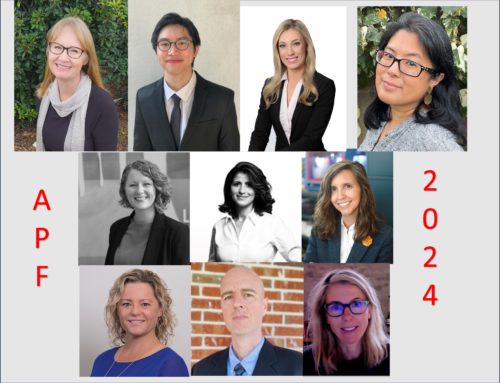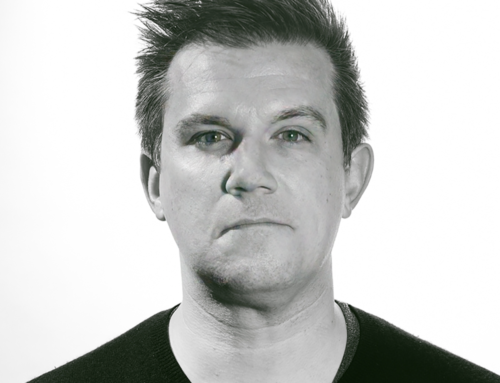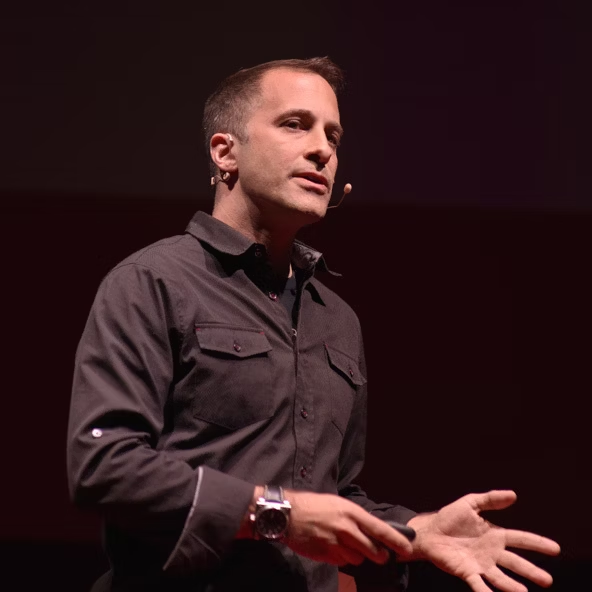Veterinary medicine is an old profession. The first mention of the importance of caring for animals was in the Old Testament of the Bible in Deuteronomy, “You shall not muzzle the ox while he is threshing.” As a profession, veterinarians are prone to “over giving” and overworking. The rewards tend n ot to be economic. In fact, the current education debt to income ratio of veterinarians is 2:1. Most aren’t complaining; they love the job, but compassion fatigue and burn out are common problems. There isn’t much time or energy for looking ahead.
ot to be economic. In fact, the current education debt to income ratio of veterinarians is 2:1. Most aren’t complaining; they love the job, but compassion fatigue and burn out are common problems. There isn’t much time or energy for looking ahead.
The business of veterinary clinical practice is unique. Veterinarians must manage a patient that not only doesn’t talk and, more often tries to hide its illness. Patients come with owners that have their own agendas for patient care that is often not grounded in medicine or science but their own personal beliefs gathered from Internet sources. Financial success as a business relies on balancing patient needs as an animal advocate and clients’ ability to pay for services. It’s a tricky relationship to navigate, so who has time for the thinking outside the daily schedule?
About 10 years ago, companion animal veterinary practices starting attracting the attention of investment groups. It’s a stable industry, ripe for disruption and recession resistant. Consolidators realized there was profit to be made from vertical integration and economies of scale. The consolidation began (and continues) with individual practices being bought by corporations at record prices. Why the attraction? Many pet owners are willing to pay for advanced care similar to human care. The same technology that is advancing human medical care is finding a market with pets. While veterinarians are busy with their day-to-day activities, change is accelerating around them pushed by technology advances and pulled by client demands.
Another aspect is veterinary education, which is no different than any profession’s higher education system, steeped in history and reluctant to change. As a rule, it is teaching students in the same manner and graduating them with the same skill set, as was needed 30 years ago. It’s ripe for disruption and will be shocked when it happens.
Foresight in many ways is the opposite. It’s always looking ahead. Searching for opportunity. Foresight projects might not be exclusively money-driven but many are looking for some level of economic rewards. Foresight is watching for those disruptors especially from outside an organization or industry.
As a veterinarian and soon to be foresight graduate, I hope to bring the foresight mental model to veterinary medicine. Commissions, publications, workshops, and projections are fine but they rarely move a profession without constant reinforcement. The foresight mental model needs to crash into the veterinary profession before it is “ubered” The taxi industry has been decimated by uprising of the ride sharing industry. Taxis were “ubered.”
Can veterinarians keep up with the changes around them so they might capitalize on their own skills and talents? Can veterinary education use new teaching technologies that will prepare graduates to think forward and advocate for animals of all kind? How will new technologies affect the ability to diagnosis patient issues? How can veterinarians be part of developing these technologies? How will climate change affect the meat production industry and thus veterinarians?
I believe foresight has some answer. Its methodologies are research-based. It will challenge old assumptions and biases so we can move forward with a clearer vision for our profession. Two veterinary colleges already have a foresight workshop and assignment as part of the curriculum. It’s a start and thanks to the Houston foresight program, I can be a part of it! — Donna Harris





